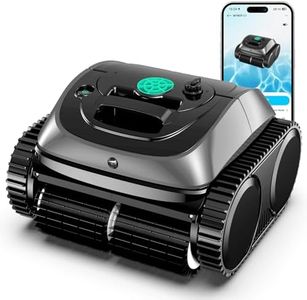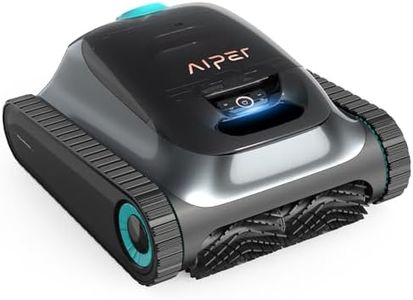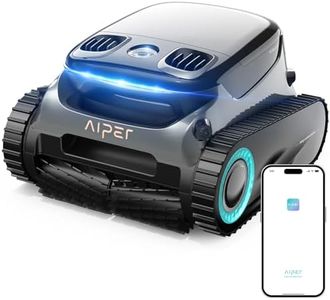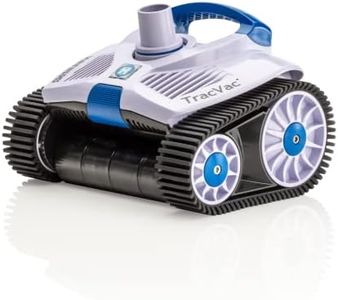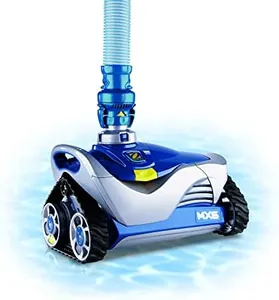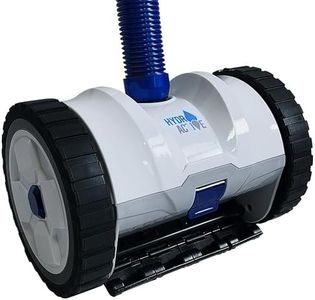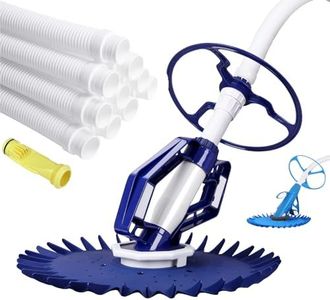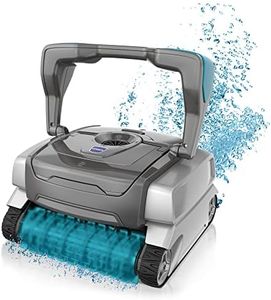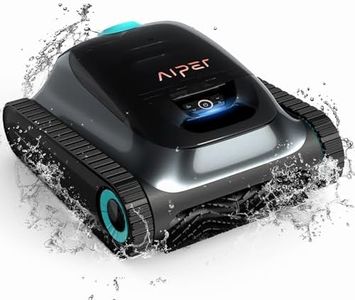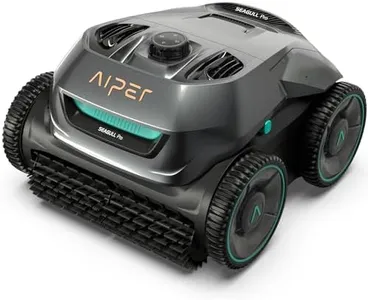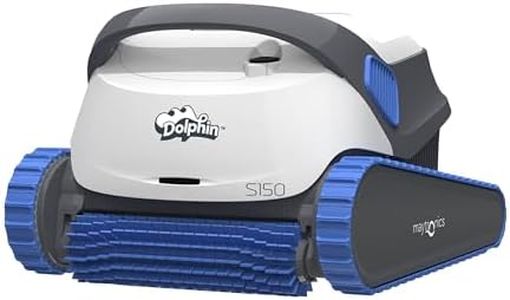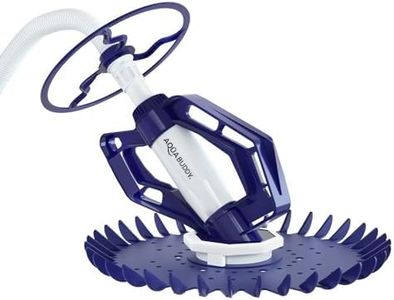We Use CookiesWe use cookies to enhance the security, performance,
functionality and for analytical and promotional activities. By continuing to browse this site you
are agreeing to our privacy policy
10 Best In Ground Automatic Pool Cleaners
From leading brands and best sellers available on the web.Buying Guide for the Best In Ground Automatic Pool Cleaners
Choosing an in-ground automatic pool cleaner can make maintaining your pool much easier and free up your time for more enjoyment. These cleaners come in various types and offer different features, so it's important to understand what each one brings to the table. By learning about the main features and how they relate to your pool and cleaning habits, you can confidently select a model that suits your needs and keeps your pool sparkling clean.Type (Suction, Pressure, Robotic)The type refers to how the pool cleaner operates and what equipment it relies on. Suction cleaners connect to your pool’s filtration system and use the power from the pool pump, making them simple but requiring your pool filter to do more work. Pressure cleaners use water pressure and often have a separate booster pump, allowing for faster and more thorough debris removal. Robotic cleaners are independent and come with their own motors and filters, offering advanced navigation and energy efficiency while placing less strain on your pool’s systems. When deciding, consider how hands-off you want the cleaning process to be and how much debris your pool typically attracts.
Cleaning CoverageThis refers to the areas of your pool that the cleaner can reach and clean, including the floor, walls, and waterline. Some models only clean the floor while others can tackle walls and even the waterline, where grime often builds up. If your pool tends to get dirt or algae along the walls and edges, a cleaner with full coverage is a better fit, while pools mainly affected by bottom debris can suffice with basic coverage.
Filtration and Debris HandlingThis spec tells you about the cleaner’s ability to trap and store leaves, sand, and other debris. Some cleaners use your pool’s filter, while others have built-in filtration cartridges or bags. Large debris baskets are helpful for pools surrounded by trees or that get a lot of leaves, while finer filtration is ideal if your pool collects a lot of sand, pollen, or dust. Think about the typical debris in your pool and how often you’re willing to empty the cleaner.
Navigation and ProgrammingNavigation features determine whether the cleaner moves randomly or follows a smart, programmed path. Advanced models use sensors and algorithms to map the most efficient route, reducing missed spots and cleaning time. Simpler units move in a less predictable pattern and may take longer to clean. If you want thorough, quicker cleaning, look for smart navigation. For smaller pools or if you’re not in a rush, basic navigation may be enough.
Ease of MaintenanceThis describes how simple it is to clean and maintain the pool cleaner itself. Some models have easy-to-remove filters, quick-access parts, and clear maintenance instructions, while others are more complex. If you prefer low-maintenance devices or have limited time, look for designs that promise easy care and fewer moving parts.
Energy ConsumptionThis factor reveals how much electricity the cleaner will use during operation. Robotic cleaners are usually the most energy-efficient since they run independently from the pool pump, while suction and pressure cleaners may increase your overall pool energy use. If saving on utility costs or being eco-friendly is a priority, energy-efficient robotic models might be preferable.
Cord or Hose LengthThis determines how far the cleaner can travel from its power source or connection point. The size and shape of your pool should guide your choice, as a cleaner with a hose or cord too short won’t reach all the areas. Always check your pool’s dimensions and ensure the cleaner offers enough range for complete cleaning without getting stuck.
